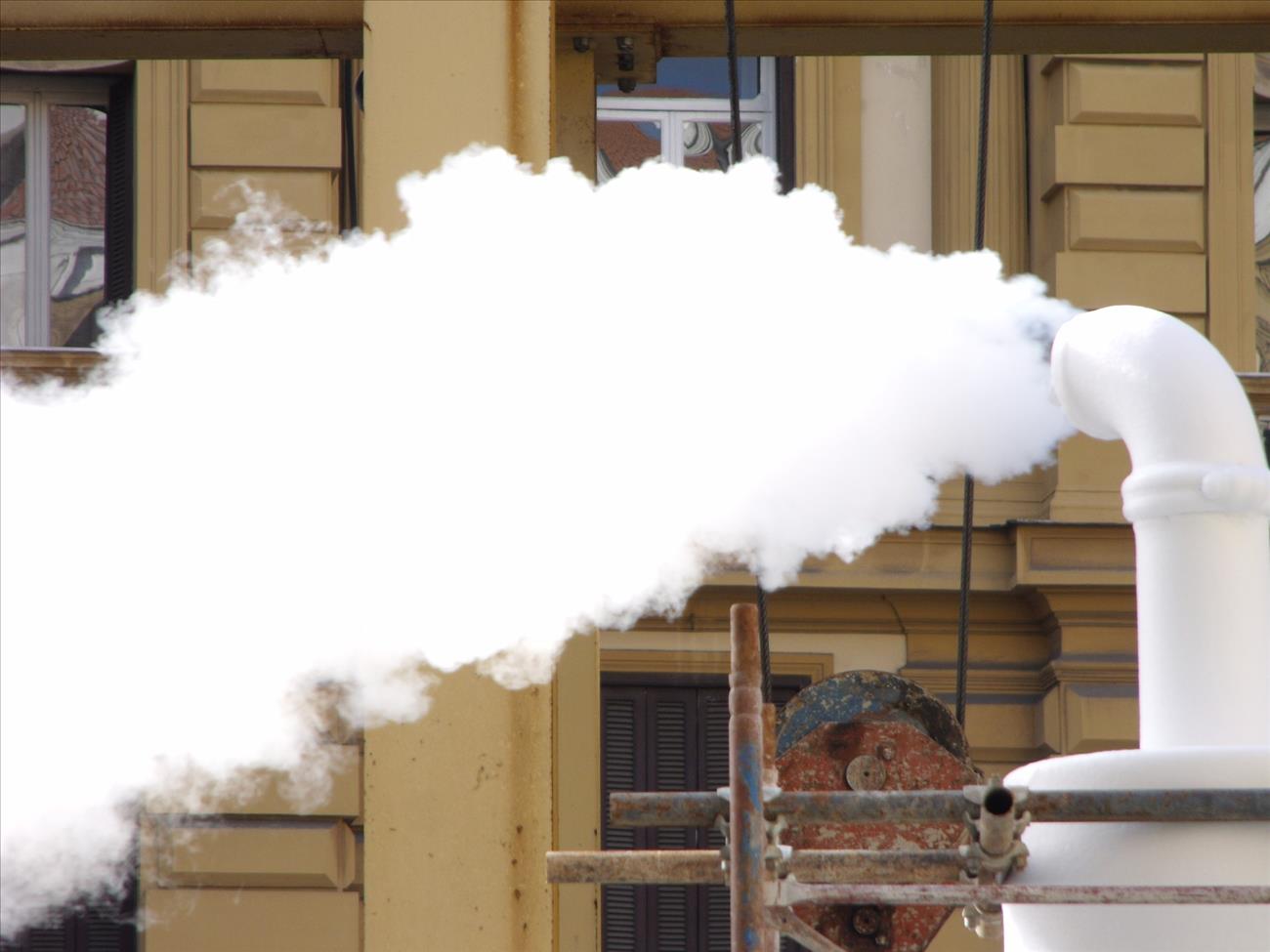A Guide to Smoke Vents: What Size Hood Insert Do I Need?


There are many types of smoke vents in the market today. As a customer, you have to know what fits your current setup before making a significant decision. Having the required knowledge will give you the necessary information to decide what to do next for your next project. However, there's more to selecting the appropriate hood insert size than what you expect.
There are two main factors that you need to mull over when it comes to the size of your hood insert:
Indoor Hoods
The covering of your cooktop is perhaps the most crucial factor in choosing a range hood size. Your wall-mounted range hood must span 3 inches beyond your cooktop per each side to optimize further. Island hoods need more range coverage. Therefore, they should reach 3 to 6 inches beyond your stovetop to every side.
The reason is, Island hoods, unlike wall-mounted hoods, have more exposure to the air in your kitchen on all sides. To vent oil, grime, and other particulates outside your building, you'll require more coverage. If you have a 30" range, for instance, a 36" wall-mounted range hood (3" longer on each side than the range) is ideal.
With exceptional efficiency, it will vent undesired particles out of your kitchen. If you're building an island hood over a 30" range, the appropriate length is 42" (6" on each side past the cooktop).
Outdoor Hoods
If you're going to put in an outdoor hood, it'll have to be bigger than an interior hood. Outdoor burners emit more dangerous pollutants than indoor grills because they radiate high temperatures. To exhaust these extra impurities, make your hood 6" to 12" bigger on every side than your stove. If you have a 36" outdoor range, for instance, the optimal hood dimension is 48" (12" wider) to 60" (24" more expansive).
Other Factors to Consider
Ducted and Ductless Ventilation
Range Hoods (Ducted): Range hoods that exhaust your kitchen air via ductwork and outside your residence are ducted hoods. That's the most excellent option for getting the most out of your room's filtering system for grease, smoke, grime, and other impurities.
Recirculating Range Hoods (Ductless): If you can't route your hood to the outside, a ductless hood might be the way to go. You may not have passage to the ceiling or authorization to install custom ductwork that vents to the exterior if you live in a condo or apartment. If that's the case, a recirculating hood might be your best option.
These hoods take in the air from your kitchen and purify it with charcoal filters before recirculating the purified air back into your kitchen.
CFM
The cubic feet per minute rating is critical when selecting a range hood. The higher the CFM of your range hood, the more frequently you cook. A high-CFM hood is also your ideal choice if you cook a lot of fatty, spicy, fried, or Asian meals that generate a lot of heat and aromas or if you have a highly powerful hot cooktop.
Typically a hood with a high CFM rating Our professional series hoods often suck 900 CFM or more air. Because grills emit intense heat and your hood may be further away from your cooktop, they are ideal for outdoor use. If your ducting has two or more elbows, you should use a professional hood. The extra power will compensate for the increased resistance caused by your ductwork's twists.
Noise
The CFM determines how loud your range hood is. Sones, a unit of loudness, is utilized to measure range hood noise. At their speediest, excellent Range Hood products create a maximum of 7-8 sones, similar to regular conversation. The single or multiple blowers in your range hood provide most of the noise, with the rest coming from your kitchen air flowing into the hood and via your ductwork.
Because the blower will be within your range hood if you utilize a local blower, your hood will make more noise. Consider installing a remote blower within your ducting, further off from your range hood, if you prefer a quieter kitchen. Outdoor hoods, which make more noise because they filter out more impurities produced by your grill, benefit from remote blowers.
Takeaway
The best way to find the best option for your kitchen is to consult someone with credible background about such products. The best method is to question multiple professionals about their opinions and recommendations. Compare their suggestions, ask as many questions as possible, and analyze the best fit for your project before making any significant decision.
